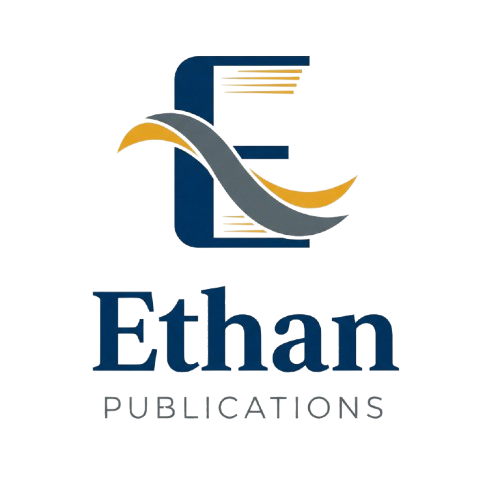EVALUATING THE IMPACT OF EXOGENOUS ENZYMES ON SUGARCANE SCRAPPING MEAL-BASED DIETS IN LAYING QUAILS: A NUTRITIONAL AND BIOCHEMICAL ASSESSMENT
Authors: Musa Adamu Ibrahim
DOI: 10.5281/zenodo.17199680
Published: September 2025
Abstract
<p><em>The study was carried out to investigate the effect of Maxigrain<sup>®</sup> enzyme supplementation of sugarcane scrapping meal-based diets on the nutrient digestibility and serum biochemical variables of laying Japanese quails (Coturnix coturnix japonica) in ant 8 week experiment. Six experimental diets tagged T10<sub>0</sub>, </em></p> <p><em>T10<sub>100</sub>, T10<sub>200</sub>, T15<sub>0</sub>, T15<sub>100</sub> and T15<sub>200</sub> were formulated to be isonitrogenous (20%CP) and isocaloric (2786.72 </em></p> <p><em>Kcal/kg ME). Diets T10<sub>0</sub>, T10<sub>100 </sub>and T10<sub>200</sub> contained 10% crude fibre and 0, 100 and 200 ppm enzyme while T15<sub>0</sub>, T15<sub>100</sub> and T10<sub>200</sub> contained 15% crude fibre and 0, 100 and 200 ppm enzyme, such that T10<sub>0</sub> and T15<sub>0</sub> function as the control for T10<sub>100</sub> and T10<sub>200</sub>, and T15<sub>100</sub> and T15<sub>200</sub>, respectively. Three hundred and sixty 6 weeks old laying quails were randomly allocated to the dietary treatments at the rate of 60 birds per diet. Each treatment was replicated 4 times in a 3 x 2 factorial arrangement having 15 birds per replicate. The results showed that enzyme supplementation improved (P<0.05) significantly the digestibility of dry matter (62.21 vs.63.03 and 63.28%), crude protein (67.25 vs. 67.87 and 69.14%), crude fibre (70.19 vs.78.14 and 81.66%), ether extract (65.37 vs.67.28 and 665.29%), nitrogen free extract (43.77 vs.43.65 and 43.18%), neutral detergent fibre (43.76 vs.55.35 and 56.34%), acid detergent fibre (57.33 vs.48.85 and 48.20%), acid detergent lignin (39.40 vs.48.34 and 48.31%), hemicellulose (55.66 vs. 57.24 and 67.57%), glucose (20.15 vs.19.15 and </em></p> <p><em>16.18 g/dl), protein (31.25 vs.30.25 and 30.75 g/dl), cholesterol (7.78 vs.7.38 and 8.55 mg/dl) and creatinine (39.47 vs.37.82 and 39.15 mg/dl) for no enzyme, 100 ppm and 200 ppm enzyme supplemented diets, respectively. Similarly, dietary fibre depressed the digestibility of dry matter (66.79 and 53.77%), crude protein (68.80 and 52.22%), nitrogen free extract (43.76 and 39.80%), neutral detergent fibre (58.42 and 45.44%), acid detergent fibre (57.14 and 44.36%), hemicellulose (64.45 and 50.43%) and glucose (18.88 and 18.10g/dl) but improved (P<0.05) those of acid detergent lignin (43.55 and 54.54%), protein (30.33 and 31.17 g/dl), cholesterol (7.70 and 8.10 mg/dl) and creatinine (37.85 and 39.78 mg/dl). The interactive effects of enzyme and dietary fibre influenced (P<0.05) neutral detergent fibre and cellulose only. In view of the outstanding performance of the quails fed the high fibre-high enzyme supplemented diets, quail farmers can use the combination for compounding laying quail diets</em></p>
Full Text
No full text available
Cite this Article
References
- No references available.
